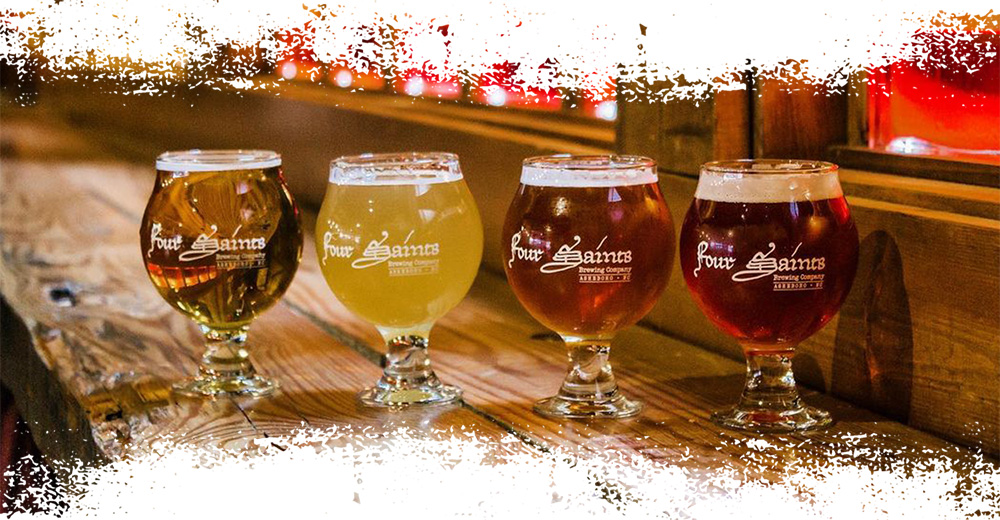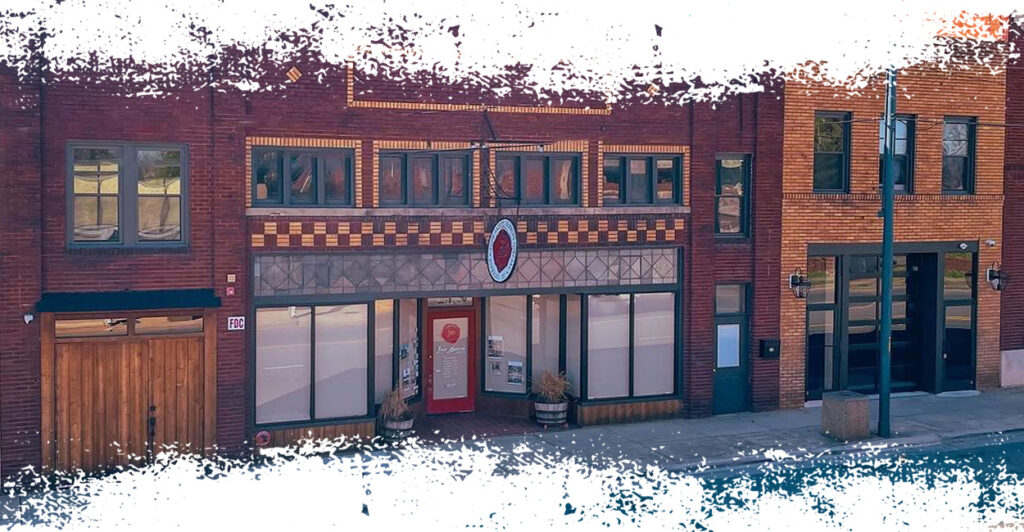
This month on The True Craft Podcast, we sat down with Joel McClosky of Four Saints Brewing Company to ask a simple question: Is craft a mature market?
And the answer sent us into a deep discussion on what it means to reach maturation in an industry like craft and how to innovate at a time when it feels, well…fruitless. Truthfully, how many experimental IPAs can a brewery churn out before calling it quits?
As we began our conversation, we needed to agree on the definition of “mature market” for frame of reference. Chris provided his definition to kick-off the discussion:
The lack of growth in craft: It's certainly not growing the way it grew from 2012 to 2017. And as far as innovation, we’ve seen a lot of that in the craft beer space. But also not like we have in the past.
So, by this definition, in black-and-white: Craft is currently a mature market.
But where is the nuance?
The meat and potatoes of this conversation, the core of what we are truly trying to uncover, had to do with how the industry got to where it is today:
From brewing beer with whole fried chickens to throwing seventy-five Little Debbie chocolate cakes into a boil, the “What could beer be?” question was really pushed to its limits.
Joel hypothesizes that this type of innovation has now swung back in the other direction where consumers just want a really good, traditional beer.

Chris goes on to share a concept he coins as a “style cycle,” or a period of time where a specific type of beer has somehow found its footing in breweries across the industry.
The next style cycle was what I call the “mean” beer. The maple bacon, the rice crispy, the sweet potato, and really any food combination where you're throwing food and making the beer taste like it.
Then we have the hazy's, and they lasted a very long time. And they are still around.
JOEL: And I would add in the Imperial cycle. Everything was Imperial, everything.
CHRIS: And I'm not sure what drove these style cycles. Do you?
JOEL: I think it’s because we are in this second boom of a young industry. There are people who are getting into the industry and not really knowing what to do next. So, it’s ear to the ground and [figuring out] what is the thing that is going to catch some buzz.
To be clear: Catching some buzz and riding the wave of a trend while finding success isn’t a bad thing. There could be an argument made that it also contributes to building a large industry-wide community.
But the question of sustainability rears its head, especially when the world is turned upside down.
KATY: There's probably something to be said around the fatigue people experienced during COVID; all the newness and all of the decision fatigue and emotional fatigue and just looking for comfort.
JOEL: Comfort. That is a great way of putting it. Give me something I know. Give me something that I can count on.
The next wave of beer innovation may not involve cinnamon buns, Twinkies, or Oreos, but rather a re-investment in solid, traditional, and therefore, comforting beer.
And as we continue to experience these craft headwinds, we are finding that breweries that marry their stellar beers with terrific service and a strong community are the ones still around and hanging on.

Perhaps the innovation doesn’t need to happen with the beer itself, but in other avenues: brewery programming, community building, or alternative revenue streams.
But no matter the avenue, ensuring a low or non-existent barrier to entry for the consumer will likely net greater results.
And along that same wavelength of thought, the next era of craft beer innovation will likely be focused on the younger generations who come of drinking age—the individuals who are just now being introduced to the industry.
The innovation will need to happen not because of the concept of chasing trends or catering to a specific consumer, but because the future of craft depends on it.
It feels questioning, but if you can't answer why, if you don't have a real reason for it, then maybe you shouldn't have done it in the first place.

And maybe the biggest innovation for craft at the moment is simply a return to the basics, and the very reason your customers sought out your beer in the first place.
You can hear more about our thoughts on industry maturation, getting back to the basics, and the future of craft’s growth in this month’s episode: Industry Maturation & The Innovation Dilemma with Joel McClosky of Four Saints Brewing.